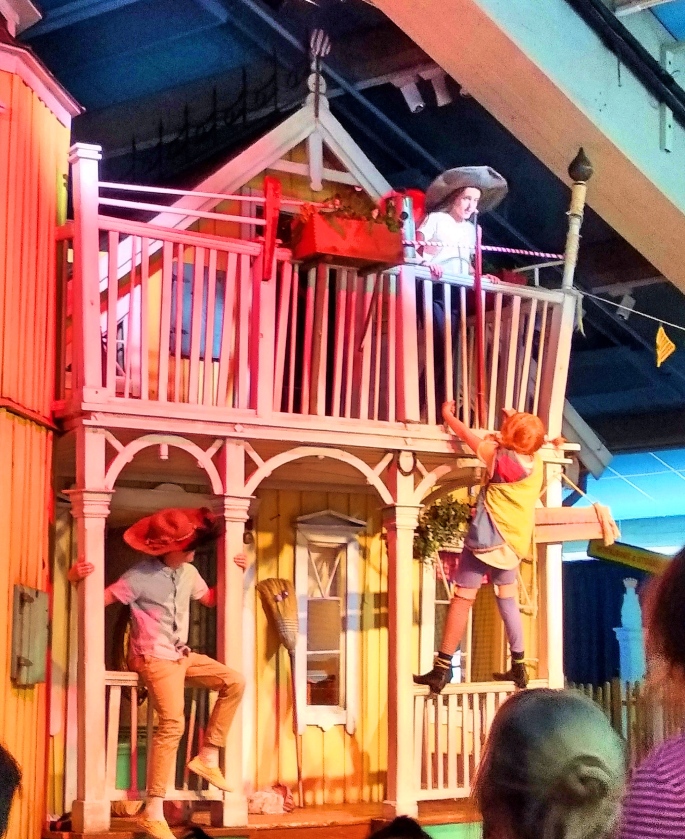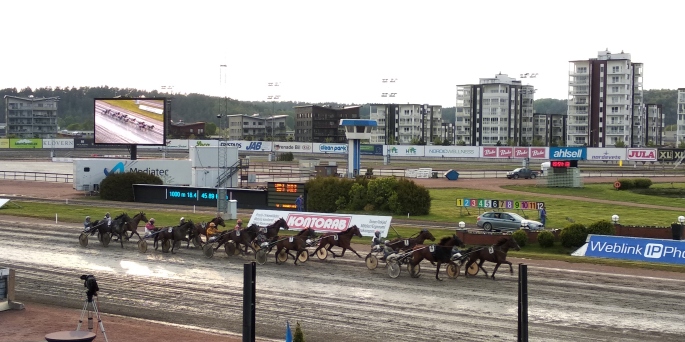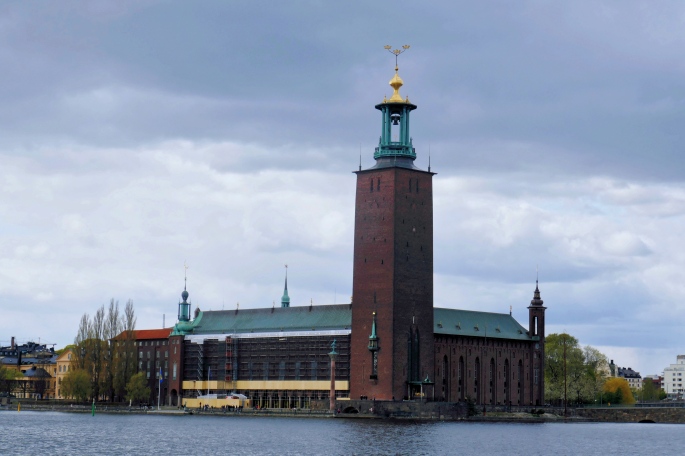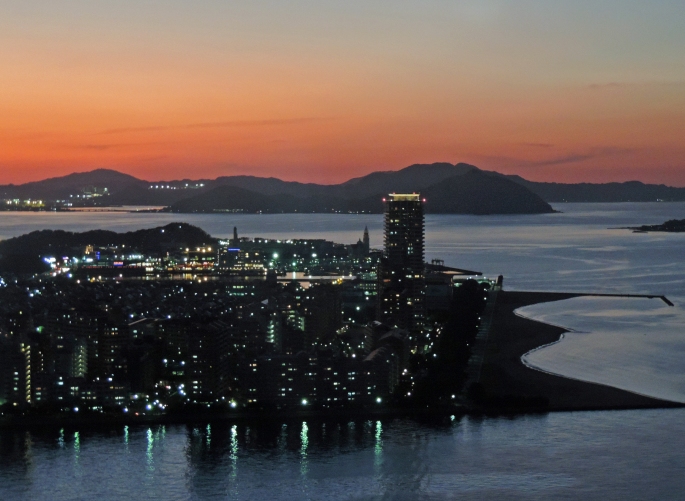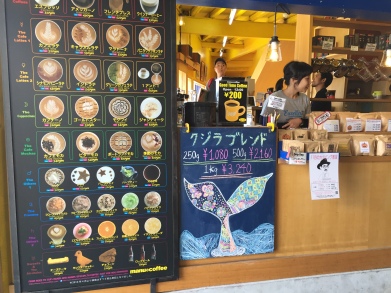Surströmming AKA stinky fish
When we got back to the hotel our tour leader, Jason, told us that he had bought some Swedish stinky fish for us to smell (note: not eat). He had told us about this famous Swedish delicacy in the beginning of the trip and had promised that he would buy a can for us to smell. He kept his promise! So our group of principals and teachers crowded around the hotel lobby to wait. Jason asked the front desk for a can opener and we all stood there waiting for one from the restaurant kitchen. The staff told us that we were not allowed to open it in the hotel and had to go outside. It was raining at that time, so we could only stay a few feet away from the building. Then one of the ladies working at the front desk decided to come out with us because she also wanted to smell the fish! She said she had never tried or smelled it before even though she is a local! It’s definitely an acquired taste – you either love it or hate it.
Surströmming is actually sour Baltic Sea herring that is lightly-salted and fermented. The six-month fermentation process is what gives the fish the strong acidic taste and rather putrid smell. However, this delicacy has been a part of the northern Swedish cuisine since the 16th century. There is specific method of opening the can too – in a bucket of water – to prevent the smell from travelling too far and the pressurised gas from spraying out the brine. It was sure entertaining to watch Jason slowly and patiently open the can with his little can opener! Everyone around was making faces and noises even though the smell hadn’t even come out yet! Finally, he got the can opened and each of us took turns to smell the fish. When I think about this now, I can’t help but laugh! A bunch of educated adults would actually stand around and wait for half an hour to willingly smell a putrid smelling can of fish! It really did smell awful, I’m not even lying.
After we all got a whiff, Jason asked if anyone would be brave enough to try a bite. And believe it or not, one of the principals said he wanted to try! It was like watching a horror movie, everyone around him wanted to gag and vomit but we still stayed there watching and waiting! He took out a piece of fish, which was cut in half, with a toothpick and there were literally fish guts hanging out and we all went ‘eeewww’ when he pulled out the stringy pink goo. He took a bite and even looked like he was enjoying it! It was somewhat anti-climatic that no one really got sick or had a really terrible reaction, which was what we were all expecting! Everyone around him joked that he would have to brush his teeth for a long time and to be careful not to get any of the brine on his clothes or he would have to burn them. Jason said that out of all the tours he had led in Stockholm, no one had ever dared to take a bite of the stinky fish until now! Every can he had ever opened was dumped and wasted. I did wonder who really eats this stuff and why they are still producing them if it smells so bad.
A quick Google and YouTube search on Surströmming came up with hundreds of Surströmming challenge videos but I found one video that actually explained the history and culture and also the production process of the sour herring and found it quite interesting. There is a right way to eat it – wrapped in flatbread with some potatoes, chives, butter, red onions, and not straight out of the can. I kind of do want to try eating it the RIGHT way now! It is also traditionally eaten during the late summer, mainly because you have to be outside (due to the smell that you wouldn’t want lingering in your house afterwards), it’s also the time when the fish is done fermenting. There even used to be a law that you couldn’t eat surstromming before the third Thursday of August!
Watch the video here. The can that the Buzzfeed guys tried looked very different from the can we opened. I wanted to gag just watching them.
Here is our brave mate eating it right out of the can…
IKEA
The next day, our final day in Stockholm was quite free and flexible. Our itinerary only included the National Museum so our group requested to visit IKEA. Surprisingly, IKEA has never been listed on the Stockholm tour itinerary according to our tour leader. The driver didn’t even know the way and had to search for the location! Well, you don’t really feel like you have been to Sweden without at least passing by an IKEA store, even though we get them in Hong Kong. Of course, we all wanted to see the authentic Swedish IKEA. We gathered outside and took some photos. I took Pippi out and helped her take a few snaps too! We actually went into the warehouse part, where the Bistro was also located. We saw a very cool ice-cream machine and immediately walked up to the cashier and asked him to take our money so we could press a button and watch the magic happen. You place the cone in the holder and the soft ice cream comes out perfectly every time.
We realised that the main entrance was on the other side so we were a bit late going to the main part of the store. The floor plan is obviously the same as any IKEA and forces you to walk all the way through the entire store before reaching the check-out. I underestimated the amount of time we needed to walk in, through and out and spent too much time in the beginning looking at things and ended up running towards the exit when I checked the time. It didn’t help that all the signs were in Swedish. But there were a few people who wanted to buy things and took a bit longer than expected at the check-out. I was glad that I wasn’t the last person on the bus – I probably didn’t have to run though.
National Museum
(To be continued…)
Back to Sweden (Part 10)














